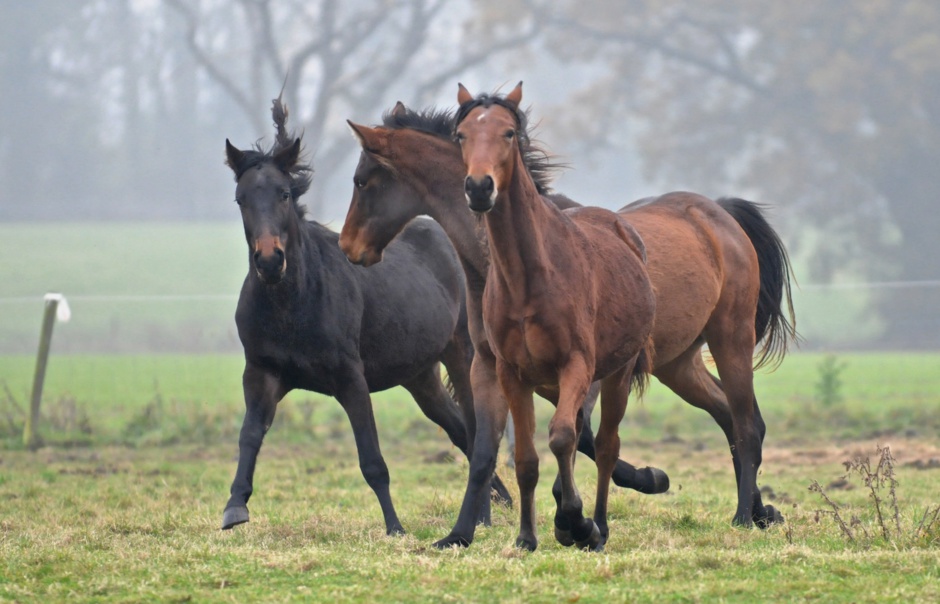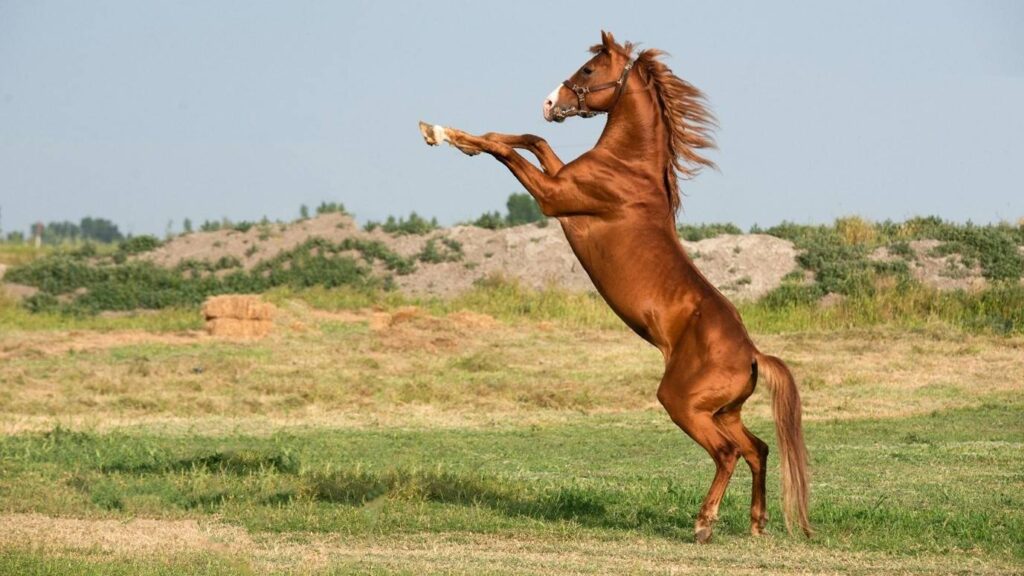Embarking on the journey of halter training a horse is both exhilarating and rewarding. Whether you are a seasoned equestrian or a newcomer to the world of horse training, understanding the fundamentals of halter training can set a strong foundation for your horse’s future training endeavors. In this comprehensive guide, we will delve into the essential aspects of halter training, ensuring that you are well-equipped to train your horse effectively.
The process of halter training a horse involves teaching your horse to accept and respond to a halter, which is a headgear used to lead and tie up horses. This is a critical step in a horse’s education, as it lays the groundwork for future training and establishes trust between you and your horse.

Why is Halter Training Important?
Halter training is crucial for several reasons. Firstly, it helps establish a strong bond between you and your horse. This bond is built on trust, communication, and mutual respect. Secondly, it makes handling your horse easier and safer, as a well-trained horse is more likely to respond positively to commands. Finally, halter training is the first step towards more advanced training, such as learning basic horse commands and groundwork exercises.
Choosing the Right Halter
The first step in halter training a horse is selecting the right halter. Halters come in various materials, such as leather, nylon, and rope. Each material has its pros and cons, so it’s essential to choose one that suits your horse’s needs. A well-fitting halter is crucial to ensure your horse’s comfort and safety during training sessions.
Preparing Your Horse for Halter Training
Before you begin halter training a horse, it’s essential to prepare your horse mentally and physically. Spend time building a rapport with your horse through grooming, feeding, and talking to them. This helps your horse become comfortable with your presence and touch, making the training process smoother.
Assessing Your Horse’s Temperament
Understanding your horse’s temperament is vital in planning your training approach. Some horses are naturally more docile, while others may be more spirited or stubborn. Tailoring your training method to suit your horse’s personality will yield better results and create a more enjoyable experience for both of you.
Creating a Safe Training Environment
A safe and secure training environment is essential when halter training a horse. Ensure the area is free of distractions, hazards, and other animals. This will help your horse focus on the training and reduce the risk of accidents.
Starting with Basic Commands
Once your horse is comfortable with the halter, you can begin teaching basic commands. These commands lay the groundwork for more advanced training and help your horse understand your expectations. Some fundamental commands include ‘walk,’ ‘stop,’ and ‘back up.’
Using Positive Reinforcement
Positive reinforcement is an effective method for teaching your horse new commands. Reward your horse with treats, praise, or affection when they successfully follow a command. This encourages your horse to associate the command with a positive outcome, making them more likely to repeat the behavior in the future.
Progressing to Advanced Training
As your horse becomes more comfortable with basic commands, you can gradually introduce more advanced training exercises. These may include leading your horse over obstacles, practicing turns, and desensitizing them to various stimuli. Consistent practice and patience are essential to ensure your horse continues to progress.
Common Challenges in Halter Training
Like any training process, halter training a horse may present some challenges. Addressing these challenges promptly and effectively is crucial to maintaining a positive training experience for both you and your horse.
Dealing with Resistance
Your horse may sometimes resist the halter or training commands. This resistance can stem from fear, discomfort, or a lack of understanding. To address this, remain patient and calm, and try to identify the root of the problem. Adjust your approach as needed and reinforce positive behaviors with rewards.
Overcoming Fear and Anxiety
Horses can become anxious or fearful during training, especially if they are unfamiliar with the process. Gradually introduce new elements and stimuli, allowing your horse to become comfortable at their own pace. Be patient and provide reassurance to help alleviate their anxiety.
Tips for Successful Halter Training
To ensure a successful training experience, keep the following tips in mind:
- Consistency: Consistent training sessions help reinforce learned behaviors and build your horse’s confidence.
- Patience: Every horse learns at their own pace, so be patient and understanding of their progress.
- Communication: Clear and consistent communication is essential for effective training.
When to Seek Professional Help
If you encounter persistent challenges or feel overwhelmed during the halter training a horse process, consider seeking professional assistance. A professional trainer can provide valuable guidance and support to help you and your horse succeed.
Conclusion
Halter training a horse is a rewarding journey that requires patience, dedication, and a deep understanding of your horse. By following the steps outlined in this guide, you can build a strong foundation for your horse’s future training and create a lasting bond built on trust and respect. Remember that each horse is unique, and adapting your approach to suit your horse’s individual needs will lead to a successful training experience.

Frequently Asked Questions
What age should I start halter training my horse?
It’s generally recommended to start halter training a horse at a young age, around three to six months old. However, horses of any age can be trained, although older horses may require more patience and time.
How long does it take to halter train a horse?
The duration of halter training a horse varies depending on the horse’s temperament, age, and previous training experience. On average, it may take several weeks to a few months to fully train a horse to respond to a halter and basic commands.
Can I halter train a horse by myself?
Yes, you can successfully halter train a horse on your own with patience, consistency, and a well-thought-out training plan. However, if you’re unsure or encounter challenges, seeking guidance from a professional trainer can be beneficial.
This article contains affiliate links. We may earn a commission at no extra cost to you.







